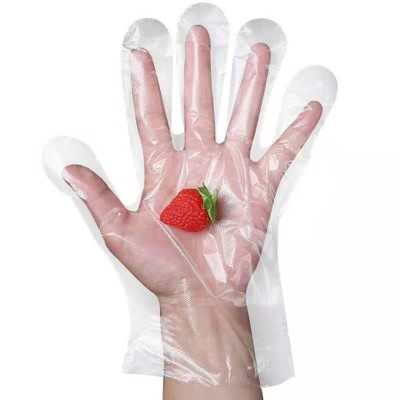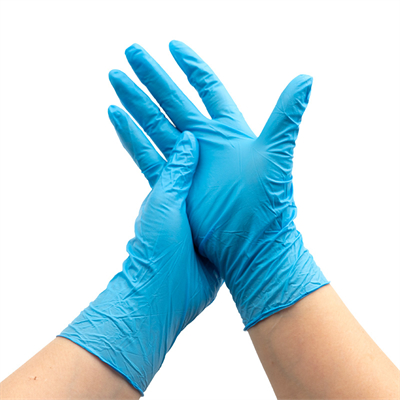Disposable gloves are versatile protective gear that is used in various settings to prevent contamination and ensure safety. Here are common uses and precautions for disposable gloves:
Common Uses:
- Medical and Healthcare Settings:
- Healthcare professionals use disposable gloves to protect themselves and patients from the spread of infections.
- They are used during examinations, surgeries, wound care, and while handling biohazardous materials.
- Food Service and Handling:
- In the food industry, disposable gloves help prevent cross-contamination between food and hands.
- Food service workers wear gloves when preparing, serving, and handling food.
- Cleaning and Janitorial Work:
- Cleaning personnel use disposable gloves to protect their hands from exposure to cleaning chemicals, bacteria, and viruses.
- Gloves are worn when handling trash, cleaning restrooms, and working with potentially hazardous substances.
- Laboratory and Research Environments:
- Scientists and researchers wear gloves when working with chemicals, biological specimens, and hazardous materials.
- Gloves protect both the wearer and the samples from contamination.
- Salons and Beauty Industry:
- In salons and spas, disposable gloves are used during hair coloring, nail treatments, and waxing to protect both clients and technicians.
- Tattoo and Body Piercing:
- Tattoo artists and body piercers wear gloves to maintain hygiene and reduce the risk of infection during procedures.
- Auto Mechanics and Manufacturing:
- Workers in these industries use disposable gloves to protect their hands from grease, oils, chemicals, and sharp objects.
- Household Cleaning and DIY Projects:
- Disposable gloves are suitable for protecting hands while performing various cleaning tasks or DIY projects, especially when using chemicals or paints.
Precautions When Using Disposable Gloves:
- Proper Glove Selection: Choose the appropriate type and size of gloves for the task. Consider factors like material (latex, nitrile, vinyl), thickness, and intended use.
- Hand Hygiene: Wash your hands thoroughly before putting on gloves and after removing them. This helps prevent contamination when putting on gloves and ensures cleanliness after glove removal.
- Inspect Gloves: Before use, visually inspect gloves for tears, holes, or defects. Replace any damaged gloves immediately.
- Donning Gloves: Put on gloves carefully, ensuring a snug fit without excessive stretching. Avoid touching the exterior of the gloves with bare hands.
- Glove Removal: Remove gloves without touching the outer surface. Use the proper technique to avoid contaminating your hands. For example, inverting one glove while removing the other.
- Dispose Properly: Dispose of used gloves in designated waste containers or bins. Do not leave them lying around as litter.
- Avoid Cross-Contamination: Change gloves between tasks, especially when transitioning between different activities or handling different materials.
- Frequent Changes: Change gloves if they become torn, soiled, or after extended use to maintain their effectiveness.
- Allergies: Be aware of potential allergies to glove materials, especially latex. Nitrile or vinyl gloves can be used as alternatives for those with latex allergies.
- Training: Ensure that users are trained on the proper use of disposable gloves and understand when and how to use them effectively.
- Hand Care: Wearing gloves for extended periods can lead to skin dryness or irritation. Use hand moisturizers and practice good hand hygiene when not wearing gloves.
Disposable gloves are valuable tools for maintaining hygiene, safety, and cleanliness in various settings. Following proper precautions when using them is essential to maximize their effectiveness and minimize potential risks.
















